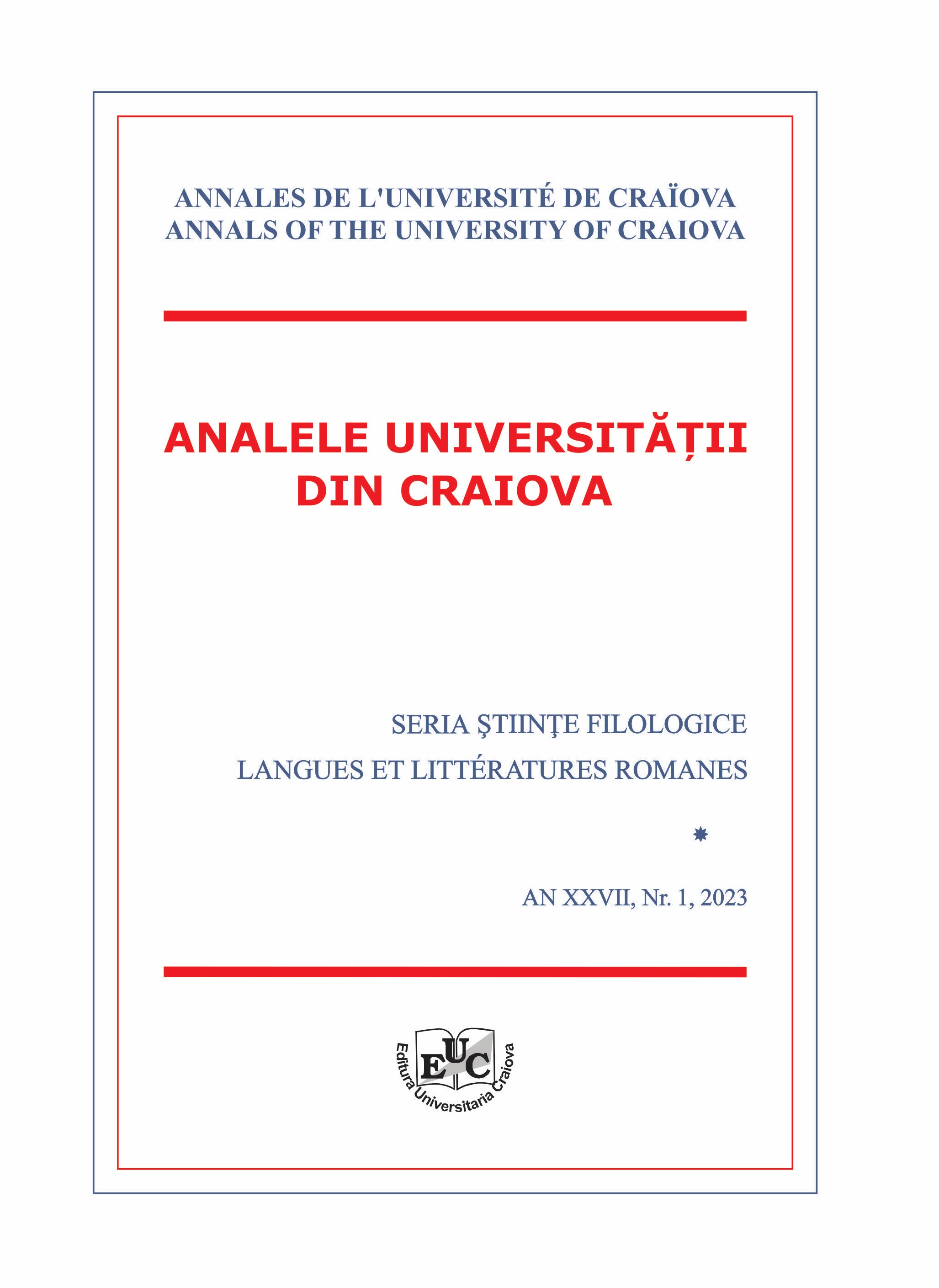LE PYTHON SACRÉ
THE SACRED PYTHON
(A STUDY ON THE NOVEL SALAMMBÔ BY GUSTAVE FLAUBERT)
Author(s): Camelia ManolescuSubject(s): Language and Literature Studies, Studies of Literature, French Literature, Theory of Literature, Sociology of Literature
Published by: Editura Universitaria Craiova
Keywords: python; underworld; character in novel; Salammbô; Flaubert;
Summary/Abstract: Gustave Flaubert, the most controversial realist writer of the nineteenth century, combines the technique of the painter with the method of the writer in a novel seen by critics as the sum of chromatic themes and detailed analysis. He reinvents an ancient city, Carthage, and draws up a plot full of suspense and sensations. The novel resurrects the history of a time when the cruelties and atrocities of a barbaric war prevail, the prohibitions of a society subject to the power of gods and humans, aswell as innocent and sensitive love and religious exaltation. A secondary character in the storyline of the Flaubertian novel Salammbô (1862, Paris, Michel Lévy), the sacred python becomes one of the symbols of the city of Carthage. Tanit’s messenger, the goddess of the night and the moon on Earth, the python helps Salammbô, Hamilcar’s daughter, in her sacred mission to be her priestess. It is thanks to him, through the mysterious and sensual dance at the same time, that the virgin understands her mission to the Barbarian Mâtho in order to take back the sacred veil of the city of Carthage. The snake’s disease is linked to the fate of the city: the more the strength of the city increases, the more the power of the snake decreases.In our paper focusing on the sacred python in the novel Salammbô by Gustave Flaubert, we aim to analyze the sacred python’s origins, first as a representation of the underworld (as a giant serpent known as Gaia’s or Hera’s son, who watched over the oracle of Delphi and whom Apollo kills, or as an ancient pre-Hellenic god who guarded the Cassotis’ spring and spread terror in the region), and then as a character in the Carthaginian novel, a character who influences the fate of the city and its inhabitants.
Journal: Analele Universităţii din Craiova. Seria Ştiinţe Filologice. Limbi şi literaturi romanice.
- Issue Year: XXVII/2023
- Issue No: 1
- Page Range: 159-171
- Page Count: 12
- Language: French

